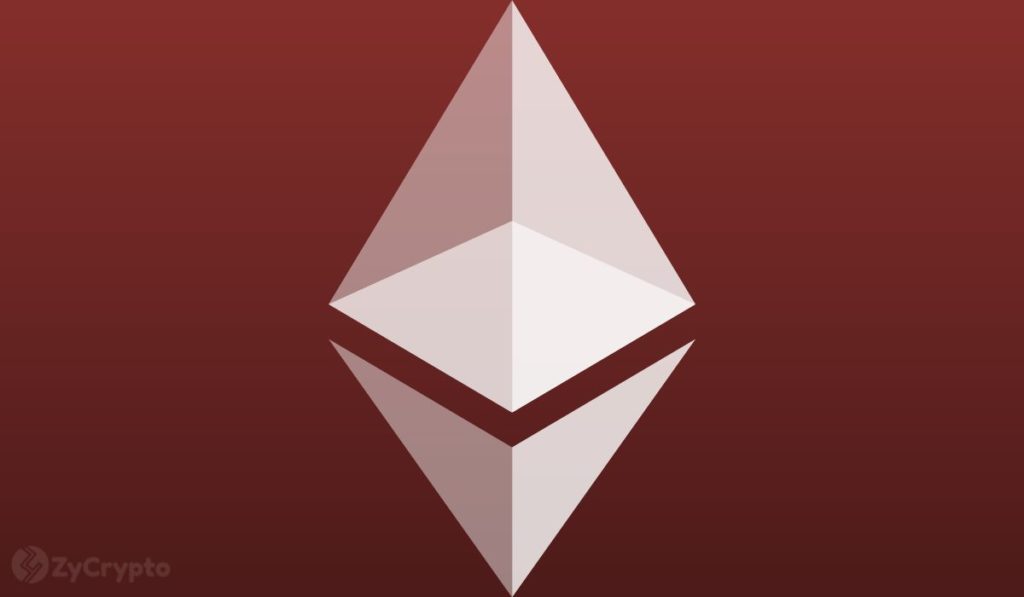2022-10-9 16:16 |
The Merge changed Ethereum’s consensus mechanism from Proof-of-Work to Proof-of-Stake. That means no more mining (computational calculations to solve an algorithm) to generate new blocks with transactions. Instead, the new blocks are proposed by network validators: participants that lock an amount of the network’s token (in this case, ETH) to be eligible to be chosen.
NFTs are known for demanding a considerable amount of block space and transaction speed when a collection’s minting is happening, which proved problematic for Ethereum under PoW. In this article, we will check if PoS brought improvements in the network’s metrics to help it better handle periods of high demand.
Block TimeUnder PoW, the block time (how long it takes to produce a block with transactions) was a function of how much hashrate the network had to process the transactions and the difficulty set by the algorithm used to validate them. Because of that, this value was not constant, hovering between 12-15 seconds. This meant that the number of daily blocks would vary a lot (and consequently the number of transactions that the network could handle.)
With the introduction of PoS, these conditions changed. Now the block time is fixed in 12 seconds and has a different name (time slots). Moreover, these time slots are grouped in epochs with 32 slots each. This makes the block production stable, as the chart below illustrates.
Number of blocks and time per block – Source: Ethereum Blockchain Metrics DashboardThe Merge happened on Sept. 13, and we can clearly see that, since then, the number of daily blocks has increased, and the block time is practically stable. So that increased the supply of block space for transactions.
However, the number of transactions inside a block is not constant. Different types of transactions consume more or less block space. For example, a complex smart contract interaction needs more space than a token transfer between wallets. The chart below shows the number of daily transactions on the Ethereum blockchain:
Number of Daily Transactions, Ethereum – Source: Ethereum Blockchain Metrics DashboardIt shows a slight increase in daily transactions after the change to PoS due to the larger number of blocks available, with a more stable lower limit (around 1.1 million transactions).
Gas PriceAnother metric that is relevant for NFT transactions is the gas price. This is the part of how much a user will spend to be able to send a transaction. Its value directly correlates with the demand for space inside the network’s blocks. The higher the demand, the higher the price.
When an NFT collection is minting its NFTs, there is usually a massive flow of users trying to send a transaction in a short time (as the number of items is limited). In this situation, the user will need to pay more to broadcast a transaction, as the block size is limited.
The current update on Ethereum didn’t change this scenario, as it made no relevant upgrade on the network’s block size. The chart below, showing the gas price values before and after the merge, highlights this.
Average Gas Price, Ethereum – Source: Ethereum Blockchain Metrics DashboardThere was no relevant change in the demand for block space before and after The Merge; the gas price remained the same. The upgrade that will bring a significant difference in this scenario is known as “The Surge,” and it is scheduled for 2023. It will introduce the network “sharding” that enables blocks to be processed in parallel, increasing the block space supply on the network.
Ethereum’s Upgrades Roadmap – Source: TwitterAs per the Ethereum Upgrades Roadmap seen above, all the upcoming upgrades will focus on scalability and performance improvements to make Ethereum a high-throughput blockchain.
Key TakeawaysThe main change of The Merge was the introduction of the PoS consensus algorithm into one of the leading public blockchains. This brought stability to Ethereum’s block time while reducing the network’s energy consumption.
Although The Merge didn’t bring dramatic changes to the overall Ethereum blockchain metrics, it was a necessary step towards increasing transaction outputs that The Surge will deliver.
The NFT sector did not yet test this new Ethereum set up to verify how it would handle the increased demand load, as the number of NFT transactions didn’t have any spike after The Merge on Sept. 13th, as shown in the chart below.
Number of daily NFT transactions, Ethereum – Source: Ethereum Blockchain Metrics DashboardHowever, as more block space is available, the network theoretically would have enhanced performance compared to the previous condition. As to be seen, when the next ultra-hyped collection drop happens.
This piece is contributed by Footprint Analytics community.
The Footprint Community is a place where data and crypto enthusiasts worldwide help each other understand and gain insights about Web3, the metaverse, DeFi, GameFi, or any other area of the fledgling world of blockchain. Here you’ll find active, diverse voices supporting each other and driving the community forward.
Sept. 2022, Thiago Freitas
Data Source: Footprint Analytics – Ethereum Blockchain Metrics Footprint Website: https://www.footprint.network Discord: https://discord.gg/3HYaR6USM7 Twitter: https://twitter.com/Footprint_DataThe post What does The Merge mean for NFTs? appeared first on CryptoSlate.
origin »Project Merge (MERGE) на Currencies.ru
|
|







